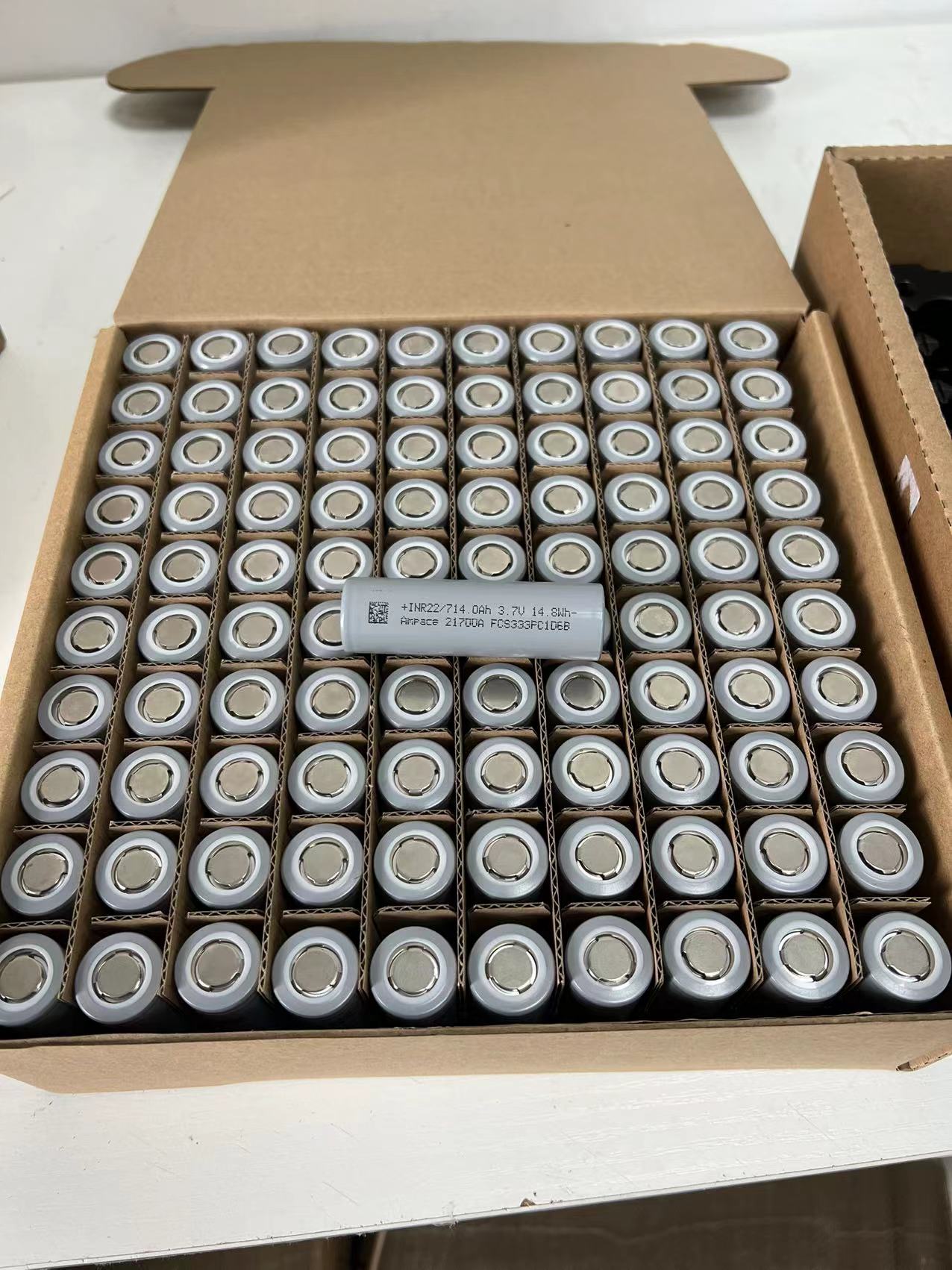The recycling process for lithium-ion batteries is complex and involves several stages to ensure the efficient recovery of valuable materials. The typical process includes:

- Collection of EoL batteries
Batteries from manufacturing gigafactories, EVs, consumer electronics, and industrial applications are collected once they reach the end of their lifecycle.
- Dismantling the battery pack
After collection, the battery pack is disassembled to separate individual battery cells, which are assessed for their potential for reuse or the need for full recycling.
- Battery cell disassembly
Cells that cannot be reused are mechanically or chemically broken down, resulting in a coarse mixture known as “black mass,” which contains various metals, including lithium, nickel, and cobalt.
- Production of black mass
Black mass serves as a crucial intermediate product in the battery recycling process. Following dismantling and shredding, it represents a mixture of active metals ready for further refinement. This black mass is processed to separate valuable materials.
- Conversion to metal salts or other recovered materials
The black mass undergoes chemical treatments to separate and refine metals, often converting them into salts like lithium carbonate or nickel sulphate. These materials are then prepared for reuse in new batteries or other industrial applications, completing the recycling cycle.